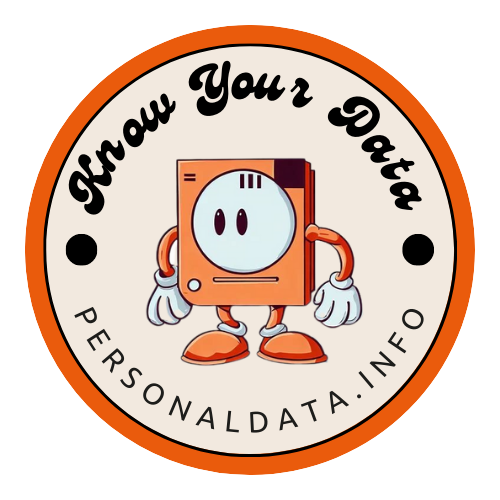Don't Let Cybercriminals Fool You: How to Spot Quishing QR Code Phishing Scams
2023-10-15
That QR code sticker on the parking meter looks innocent enough - but scanning it could drain your bank account in seconds. Welcome to the world of “quishing” - the latest QR code phishing scam leaving victims compromised. Criminals are preying on the explosion of QR code usage by creating fake codes that direct to malicious sites. Once scanned, your login credentials, financial information and even identity are at risk.
